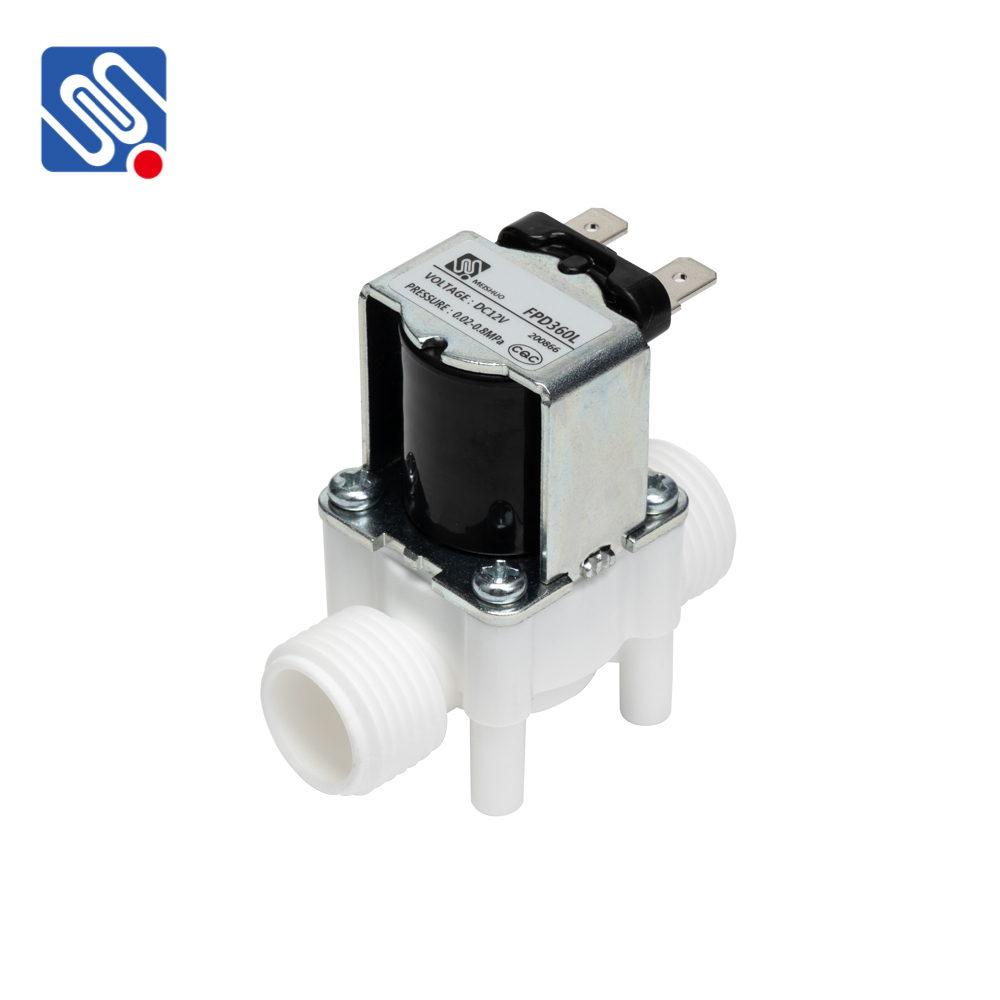An AC solenoid valve is a type of electromagnetic valve that operates using alternating current (AC) to control the flow of fluids. It plays a pivotal role in many industrial and automated systems by regulating the passage of liquids and gases. Its ability to respond quickly to electrical signals makes it a key component in applications ranging from air conditioning systems to manufacturing processes. This article delves into the working principles, features, applications, and advantages of AC solenoid valves.

Working Principle of AC Solenoid Valves The fundamental working principle of an AC solenoid valve is based on electromagnetism. When alternating current flows through the solenoid (a coil of wire), it generates a magnetic field. This magnetic field pulls or pushes a plunger or valve stem, depending on the valve’s design. The movement of the plunger opens or closes the valve, controlling the flow of fluid (gas or liquid) through a pipe or system. The AC solenoid valve typically consists of several components: the coil (solenoid), the plunger or valve stem, the valve body, and a spring mechanism. When current flows through the solenoid, the magnetic field attracts the plunger, either opening or closing the valve. The spring ensures that when the electrical current is turned off, the valve returns to its default position (either open or closed). This on-off operation is ideal for many systems that require quick, reliable control of fluid flow.